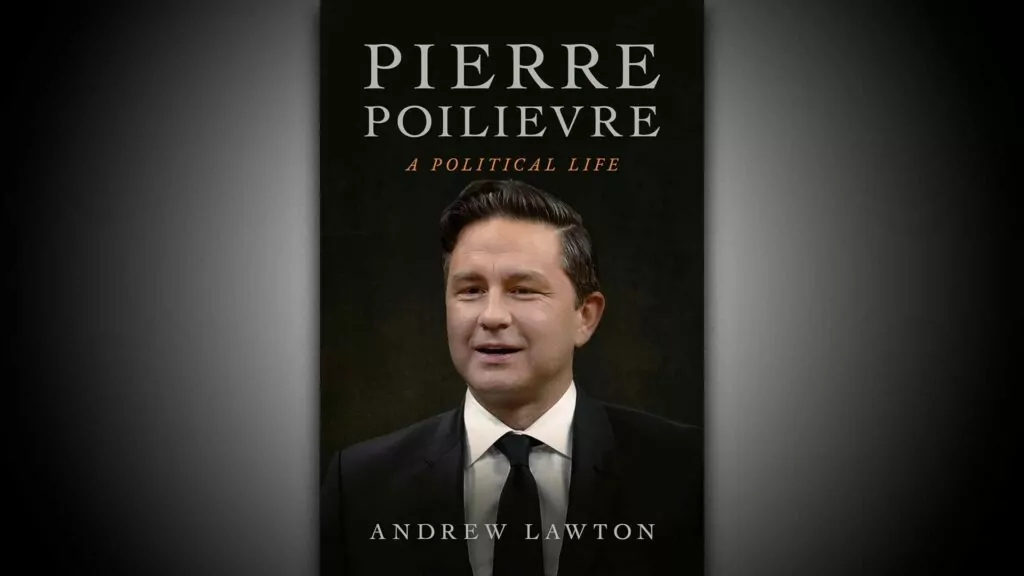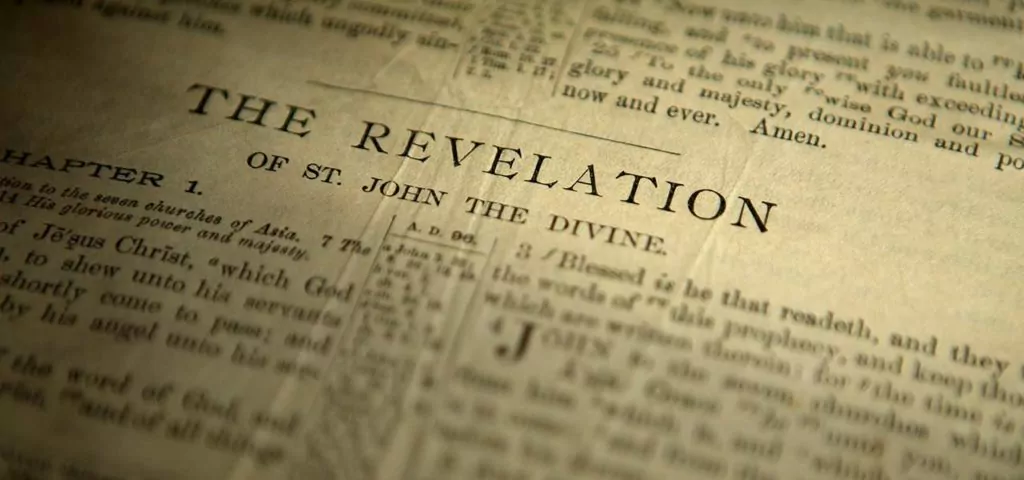I recently received an e-mail from a Nigerian prince who wanted to share his wealth with me. He told me it was millions and millions of dollars. However, he needed a few thousand dollars from me upfront to help cover bank fees and other expenses. I’d have to be a fool to turn him down, wouldn’t I? What could go wrong?
I just received a text from a bank where I don’t have an account. They said they had four million dollars to transfer to me from a great uncle I can’t remember. All I had to do was click on the link in the text. I’d have to be a fool to turn that down, wouldn’t I? What could go wrong?
Preying on the newly landed
These are the types of scams a lot of people fall for and it’s nothing new. Preying on people’s greed is probably as old as time itself and, yet, we fall for it again and again. Perhaps one of the most infamous people to prey on that desire for easy riches was George C. Parker, a New York-based confidence man.
In the late 19th and early 20th centuries, Parker made a habit of meeting the immigrants getting off the boats at New York’s Ellis Island. While many of the immigrants coming in at the island were the tired, the poor, the huddled masses yearning to breathe free, some came to America with substantial amounts of money. It was these that Parker sought out.
When he was able to strike up a conversation with one of these wealthy individuals, he would maneuver the discussion to the topic of the Brooklyn Bridge. This New York landmark, joining the districts of Brooklyn and Manhattan, is visible from Ellis Island. In the late 1800s it was one of the most recognizable symbols of the prosperity of the mighty America. Just imagine how much money you could make if you owned the bridge and were able to charge tolls to cross it.
Once, twice, thrice…
When Parker managed to get his new immigrant friend to the beginning of the bridge there was, as if by magic, a “For Sale” sign attached to the bridge. Like other con men who tried to sell the structure, Parker likely learned the schedule of the regular rounds of the New York City beat cops. If the police never saw a sign advertising the sale of the bridge, they really couldn’t get upset about it.
To further the scheme, Parker apparently had impressive, but forged, papers showing him to be the owner of the famous landmark. And so with the documentation, the “For Sale” sign, and the promise of fabulous wealth from tolls, Parker managed to sell the Brooklyn Bridge to the gullible immigrant. And, being successful as a con man – if successful is the right term – Parker sold the bridge to someone else as well, and then he sold it again, and again, and again. It wasn’t until the unfortunate purchaser of the bridge tried to set up toll booths that they learned from the police that they’d been fleeced.
There’s a story that Parker bragged about selling the bridge twice a week for decades on end. And while no one I read believes the claim, it highlights Parker’s audacity. He got caught sometimes, being convicted of fraud on three occasions. But in 1908, after his second conviction, he put on a sheriff’s coat and hat that had been left lying around and simply walked away from the courthouse.
“I’ve got a statue to sell you..”
The man was flexible as well. If the bridge had no appeal for his mark, Parker was not above trying to sell the person Madison Square Garden, the Metropolitan Museum of Art, or the Statue of Liberty.
What did him in was not trying to sell New York infrastructure, but passing a bad check. A state law imposed a mandatory life sentence on anyone convicted of four felony offences. Though the check was only one hundred fifty dollars, and not the fifty thousand that he’d sometimes scammed from his victims by selling the Brooklyn Bridge, the offence sent Parker to prison for the last eight years of his life. He was said to be a popular prisoner since, as a scam artist, he had learned how to spin a tale and most of those tales were of his own exploits.
Something for comparitively nothing is a bad deal
What allowed Parker’s career was simple human greed. Greed blinds us. We see an enormous profit and we fail to understand the risks. We fail to do what the investors call “due diligence.” Wanting something too badly can blind us to the risks whether in our finances, our relationships, or our careers. We can’t – or won’t – see the obvious peril right in front of us. It’s a risk we all run, and we’ve all certainly felt the sting out of wanting something a bit more than is good for us. And if you don’t believe me there, let me just say that I’ve got a bridge in Brooklyn to sell you.
James Dykstra is a sometimes history teacher, author, and podcaster at History.icu “where history is never boring.” Find his podcast at History.icu, or on Spotify, Google podcasts, or wherever you find your favorite podcasts.













